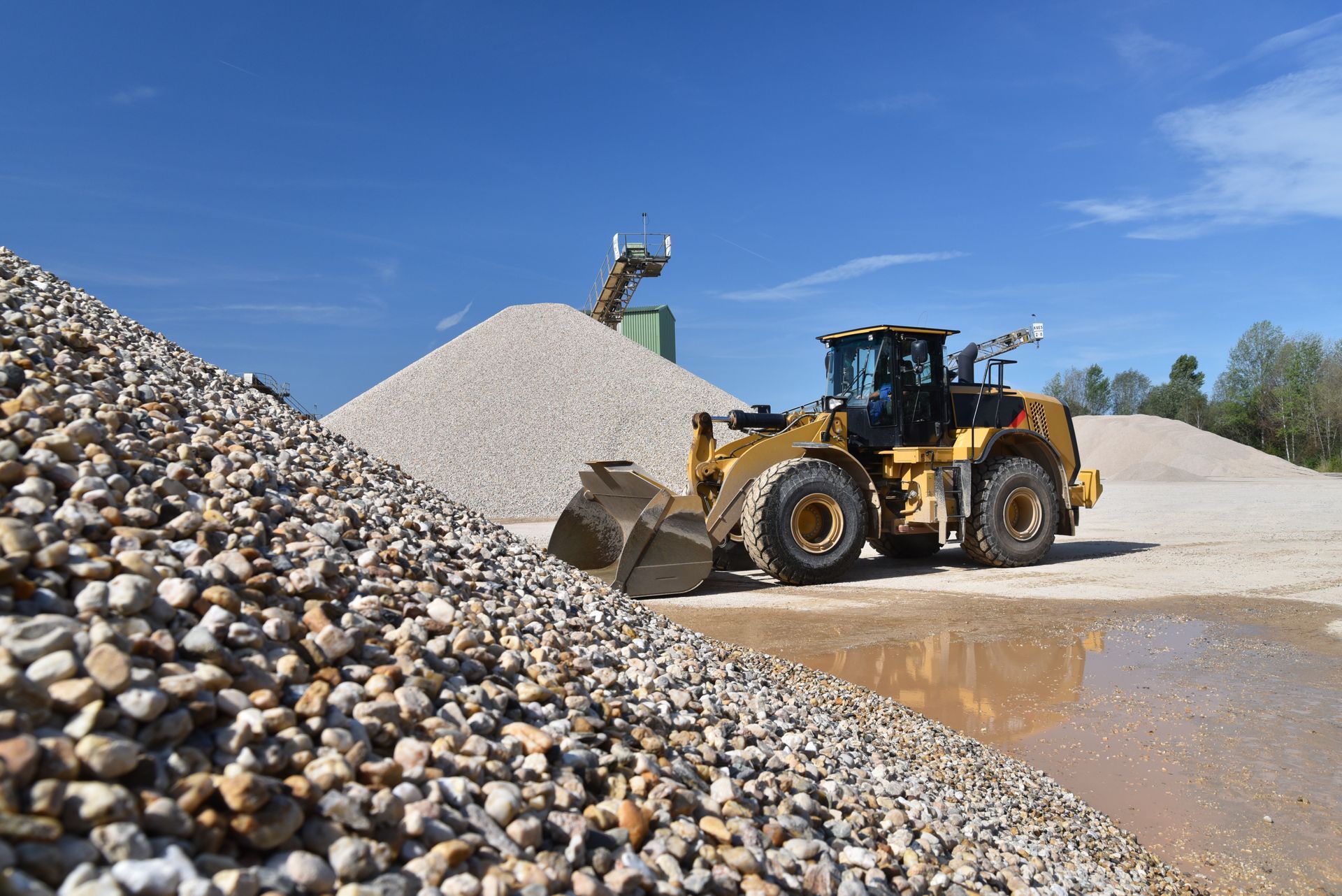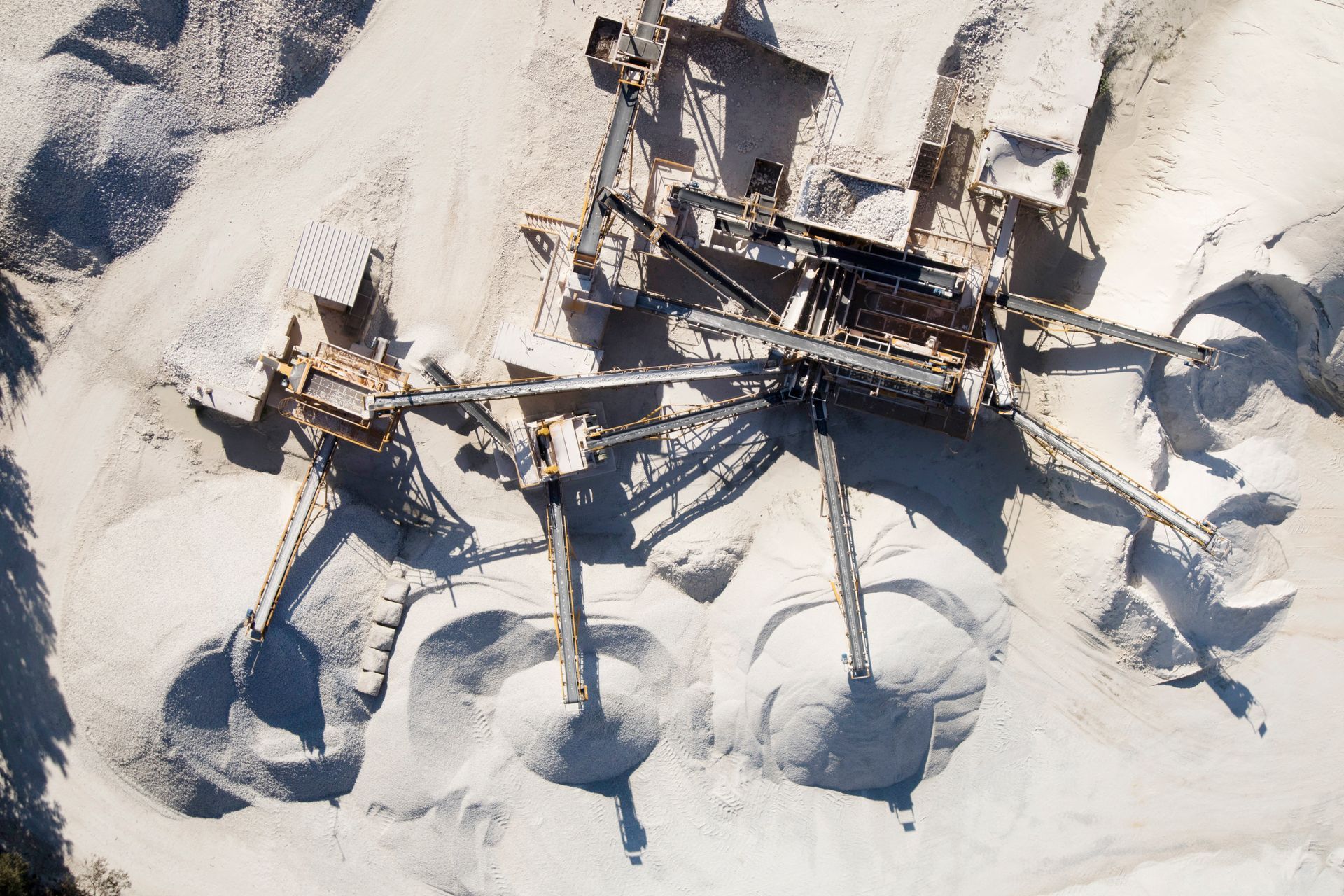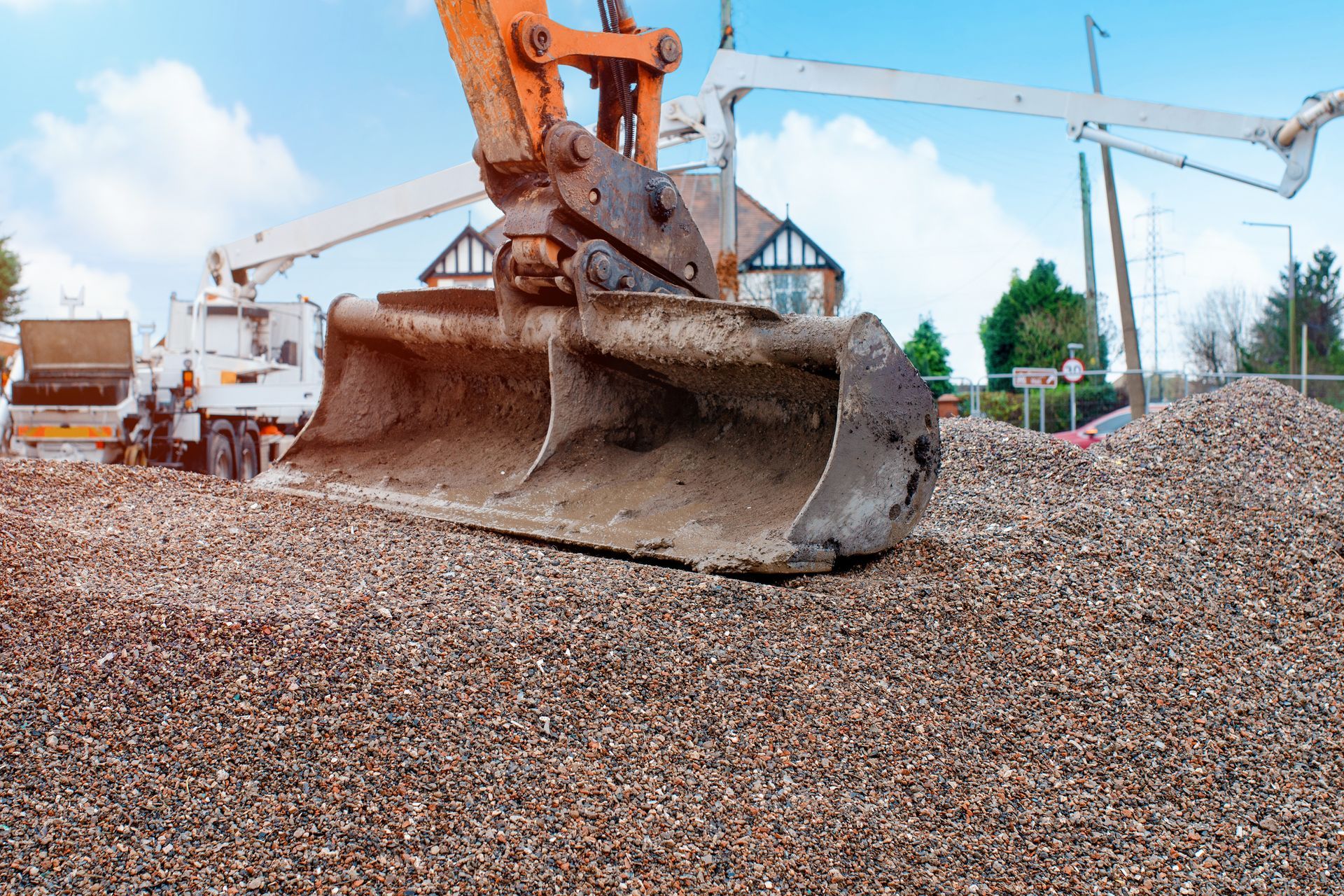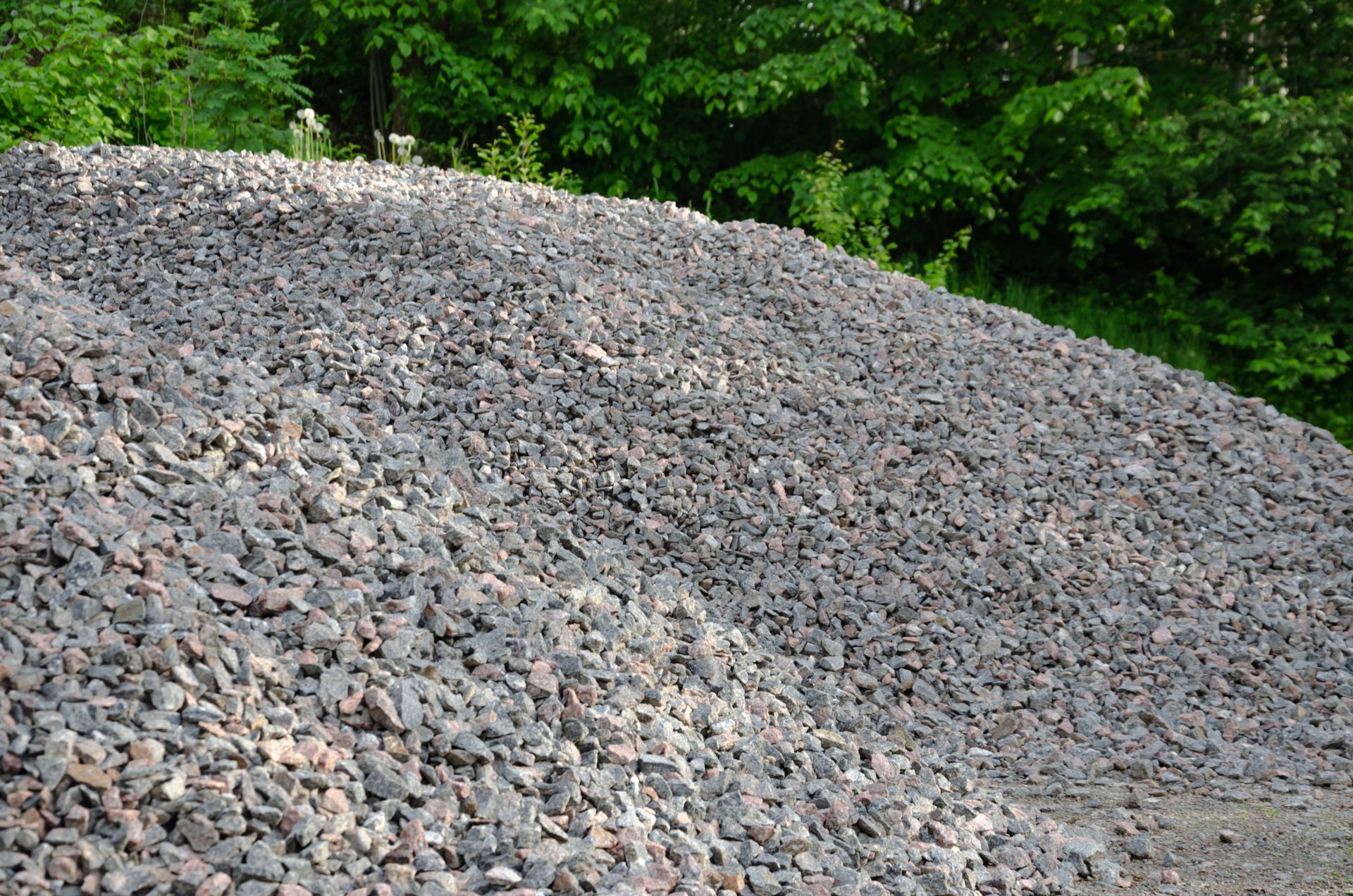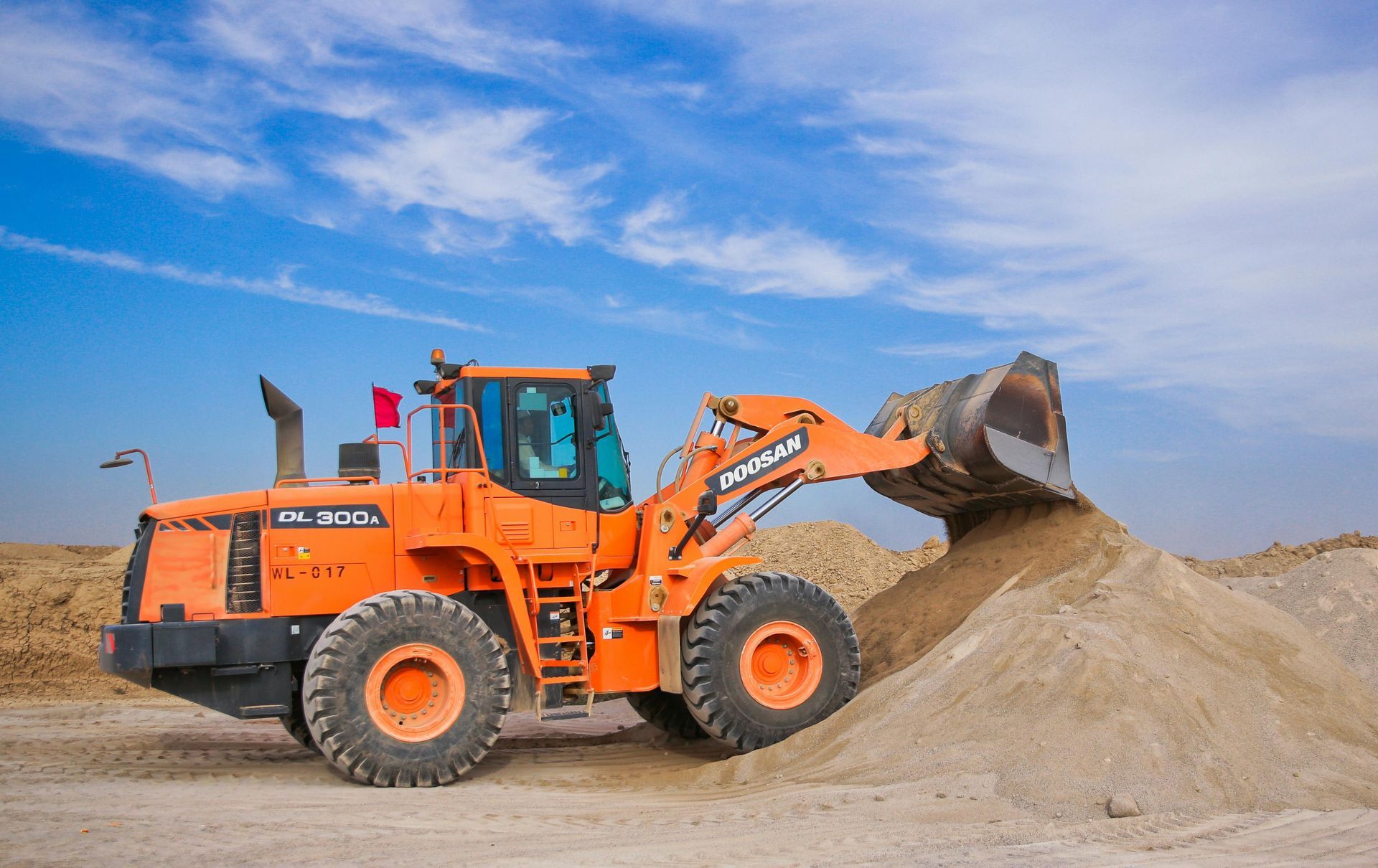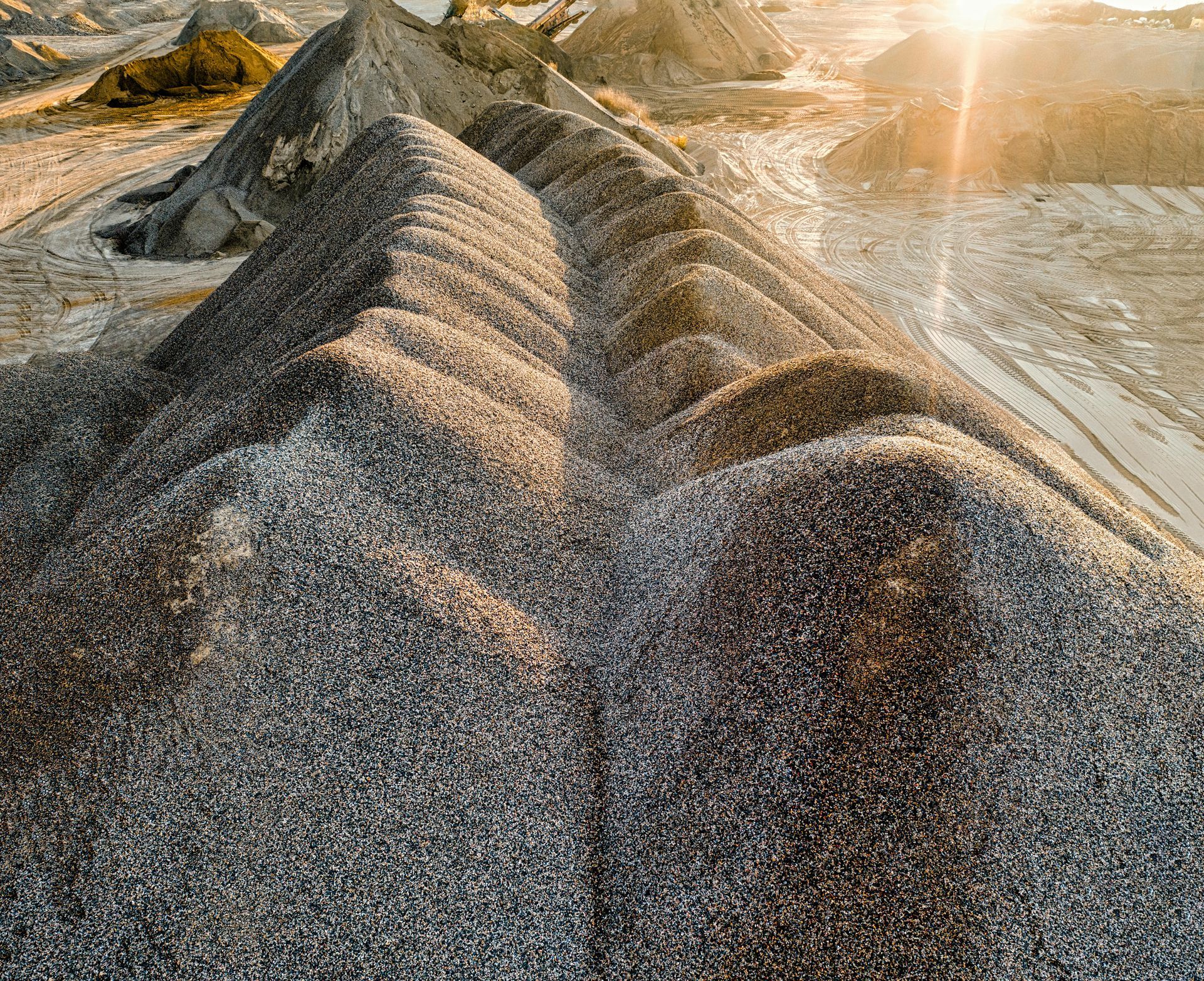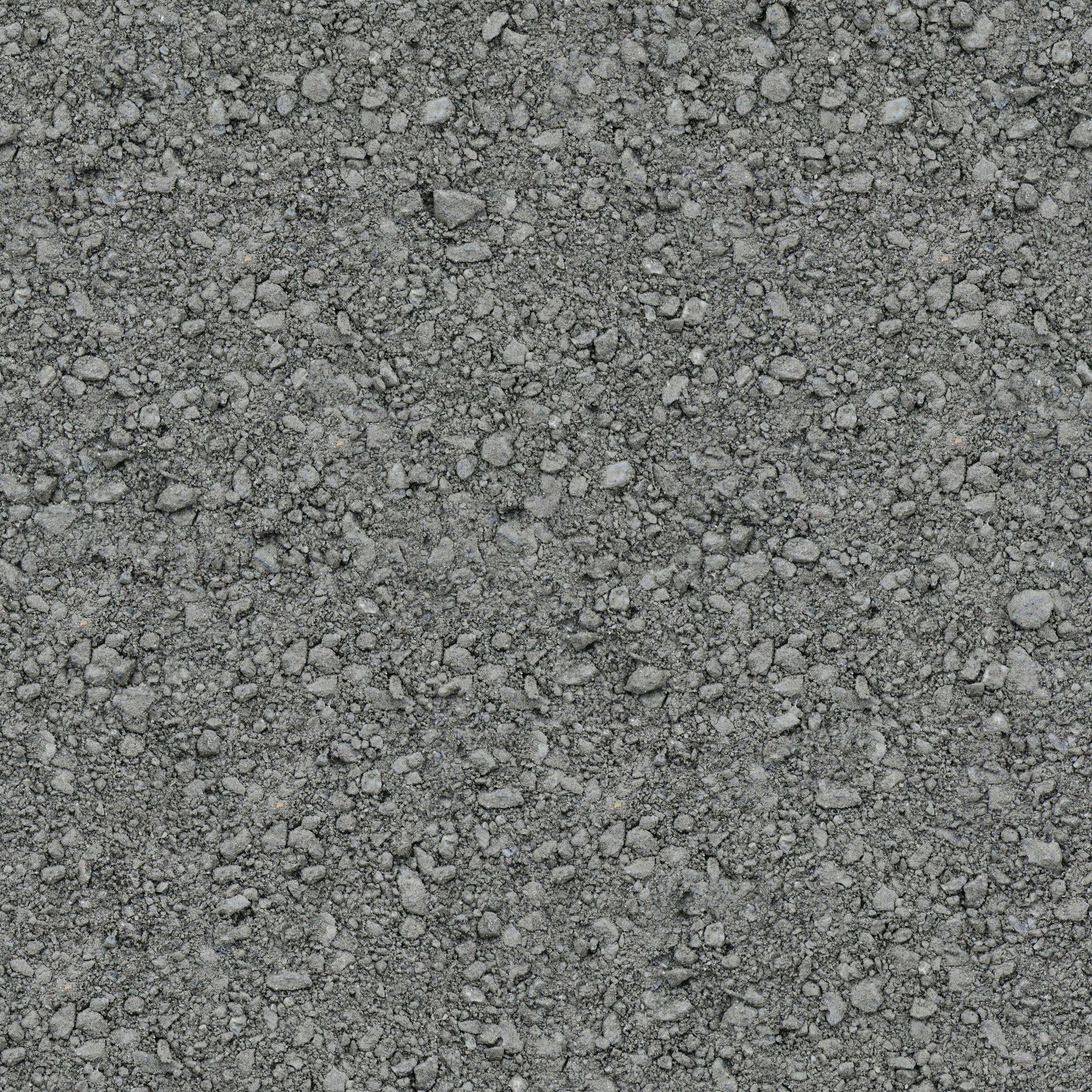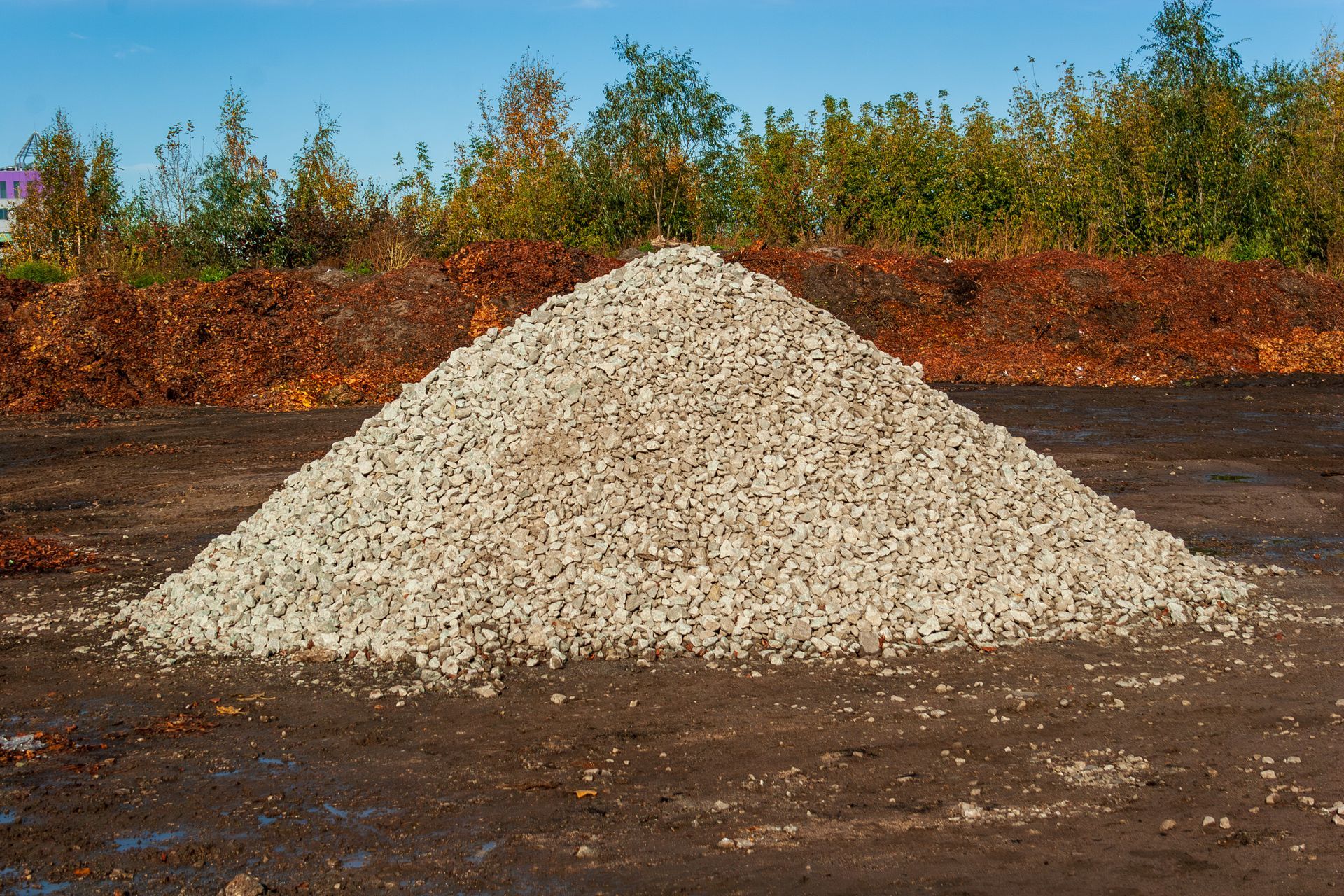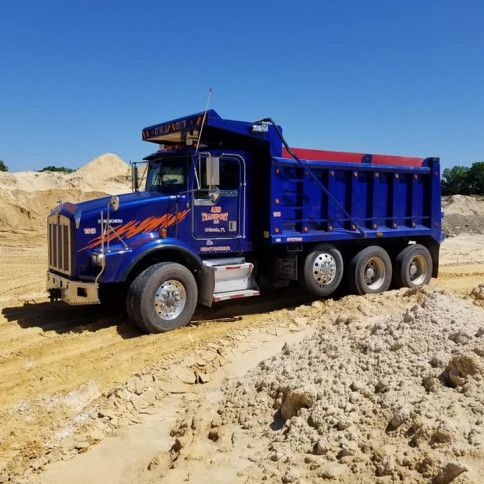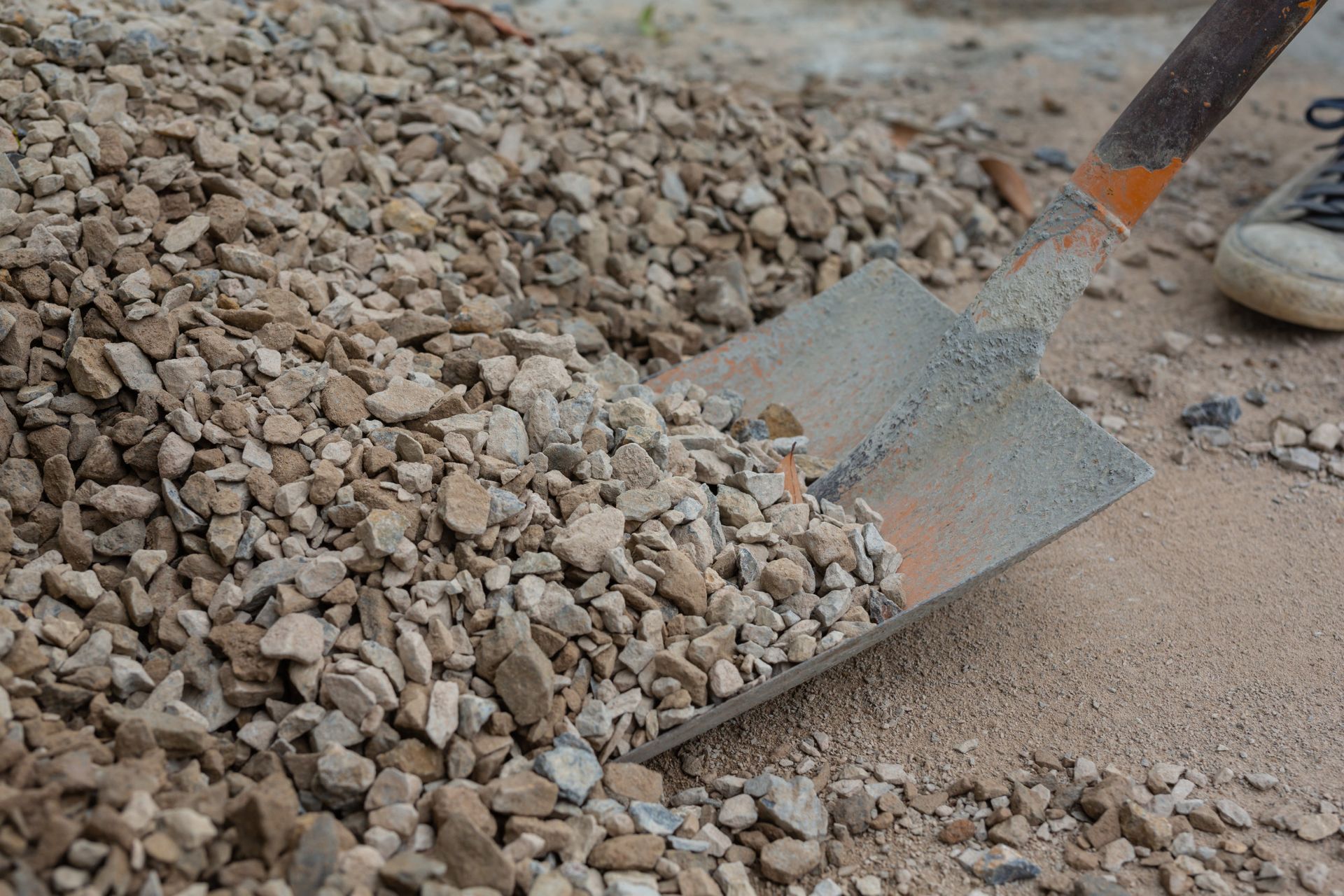Understanding Different Types of Sand for Construction Projects
You might think sand is sand. It’s just tiny rocks, right? Well, not exactly. Ask anyone in construction, and they’ll tell you — the type of sand you choose can make or break your project. From laying bricks to mixing concrete, different types of construction sand serve different purposes. Use the wrong one, and your structure could end up crumbling faster than a poorly made sandcastle.
Whether you’re a contractor, DIY weekend warrior, or someone just trying to figure out what kind of sand to get for that patio extension, knowing your options can save you time, money, and a whole lot of mess. And if you’re hunting down a reliable material supplier or need sand delivery, this guide will give you the knowledge you need to make the right call.
Mason Sand: The Smooth Operator
If sand were in a talent show, mason sand would be the one with the polished routine. It’s finely crushed and sifted to remove larger particles, leaving you with soft, consistent grains that feel almost like beach sand. But don’t let the smooth texture fool you — this stuff is tough where it counts.
Best Uses for Mason Sand
- Bricklaying: Perfect for creating a smooth mortar mix that holds bricks in place.
- Plastering: Helps create even, workable surfaces for exterior or interior walls.
- Playgrounds and Volleyball Courts: Its softness makes it a top pick for kid-friendly and sports applications.
Why You’ll Love It
- Easy to mix
- Creates clean lines and smooth finishes
- Ideal for decorative and surface work
Mason sand is often considered the go-to for aesthetic and structural detail work. If you want precision, this sand has your back.
Concrete Sand: The Backbone of Strong Builds
When strength is the priority, concrete sand steps in as the unsung hero of your mix. This coarse sand contains larger particles, which makes it perfect for combining with cement and water to create a strong, stable mixture. You might not notice it at a glance, but it's in almost every solid foundation, driveway, or sidewalk.
Where Concrete Sand Shines
- Concrete Mixing: Its coarse grains add the right amount of grit to create strong concrete.
- Paver Bases: A favorite for laying patio pavers or concrete slabs.
- Leveling Grounds: Works great for underlayment in landscaping or building pads.
Benefits of Concrete Sand
- Strong compaction
- Excellent drainage
- Better load-bearing properties
When in doubt, go with concrete sand for structural stability. It may not be pretty, but it gets the job done and sticks around for the long haul.
Fill Sand: The Gap Filler
Ever wonder what goes underneath your shed or fills those random holes in a construction site? That’s fill sand doing its job. It’s not the fanciest option, but it’s affordable and reliable when you need bulk coverage. It usually has a higher clay content, which makes it easy to compact but not ideal for drainage.
Top Uses for Fill Sand
- Filling Voids: Great for leveling or raising land before other materials are added.
- Backfilling Foundations: Helps stabilize areas around structures.
- Grading: Used to even out surfaces and prepare sites for construction.
Why Fill Sand Works
- Affordable in bulk
- Easy to compact
- Readily available from most
material suppliers
Just don’t use fill sand where water needs to drain, unless you enjoy the sound of squishy shoes and soggy foundations.
Beach Sand: Nice to Look At, Not Always Useful
Yes, beach sand looks great and feels soft underfoot. But unless your construction project involves a tropical vacation, it’s probably not the right material. Beach sand tends to be too fine and round, which makes it bad at locking together. That means poor compaction and structural instability.
When Beach Sand Might Work
- Zen gardens or sandbox areas
- Decorative landscaping
- Outdoor lounging areas
Why It’s Not Great for Construction
- Low load-bearing capacity
- Poor compaction
- Contains salt, which can corrode concrete or metal
Think of beach sand like glitter — fun in the right place, but not something you want scattered all over your serious projects.
Crushed Sand: The Modern Substitute
With river sand becoming harder to source, crushed sand (also called manufactured sand) is growing in popularity. Made by crushing rock or gravel into fine particles, it’s a smart and sustainable alternative. It offers better angular edges, which lock together nicely in mixes and compacts better than rounded sand grains.
Applications of Crushed Sand
- Concrete production
- Asphalt work
- Road base construction
Why Crushed Sand is a Contender
- Consistent quality
- Readily available
- Eco-friendly alternative to natural sand
Crushed sand might be a newer player in the industry, but it’s proving to be a reliable, efficient, and environmentally responsible choice for builders everywhere.
How to Choose the Right Sand for Your Project
Not all sand works the same way, and choosing the wrong type can lead to uneven surfaces, weak structures, or costly do-overs. Here’s how to decide what works best for you.
Ask Yourself These Questions
- What is the sand being used for? Structure? Aesthetics? Drainage?
- How important is compaction? Some sands compact better than others.
- Is drainage a concern? For areas prone to water buildup, use coarse sand.
- Am I mixing it with other materials? Your concrete or mortar recipe may require a specific grain size or composition.
Talk to Your Material Supplier
- A knowledgeable material supplier can make all the difference.
- Share your project goals and get expert recommendations.
- Ask about
sand delivery options to save yourself time and labor.
Knowing your material saves you from making costly mistakes and helps your project turn out better and last longer.
Call ABR Transport LLC for Sand Delivery in Orlando, FL
When your project needs sand and you don’t want to spend all day hauling it yourself, call the pros at ABR Transport LLC. We specialize in prompt, reliable sand delivery in Orlando, FL, and the surrounding areas. Whether you’re laying a patio, mixing concrete, or leveling a yard, we’ve got the right construction sand and materials to meet your needs.
Reach us today at (407) 375-0012 for fast, affordable delivery. Our team knows what works best for Florida soil and weather conditions, and we’ll help you choose the best product for your project. In addition to sand, we also provide gravel and concrete fines — all delivered straight to your site with care and efficiency.
FAQs
What is the best type of sand for concrete?
Concrete sand is your best bet. Its coarse texture helps create strong, durable concrete with good drainage and bonding properties.
Can I use fill sand under pavers?
Fill sand can work in some cases, but it's not ideal. It doesn’t drain well and can shift over time. A more stable choice is concrete or paver sand.
How much sand do I need for my project?
This depends on your project size. For reference, one cubic yard covers about 100 square feet at 3 inches deep. Your material supplier can help you calculate the exact amount.
Do I need a specific type of sand for a sandbox?
Yes. Use clean, washed play sand. Mason sand is also a soft, safe choice if you want an alternative.
How soon can I get sand delivery from ABR Transport LLC?
We offer fast turnaround times. Call us at (407) 375-0012, and we’ll schedule your sand delivery as quickly as possible, often within the same day, depending on availability.
